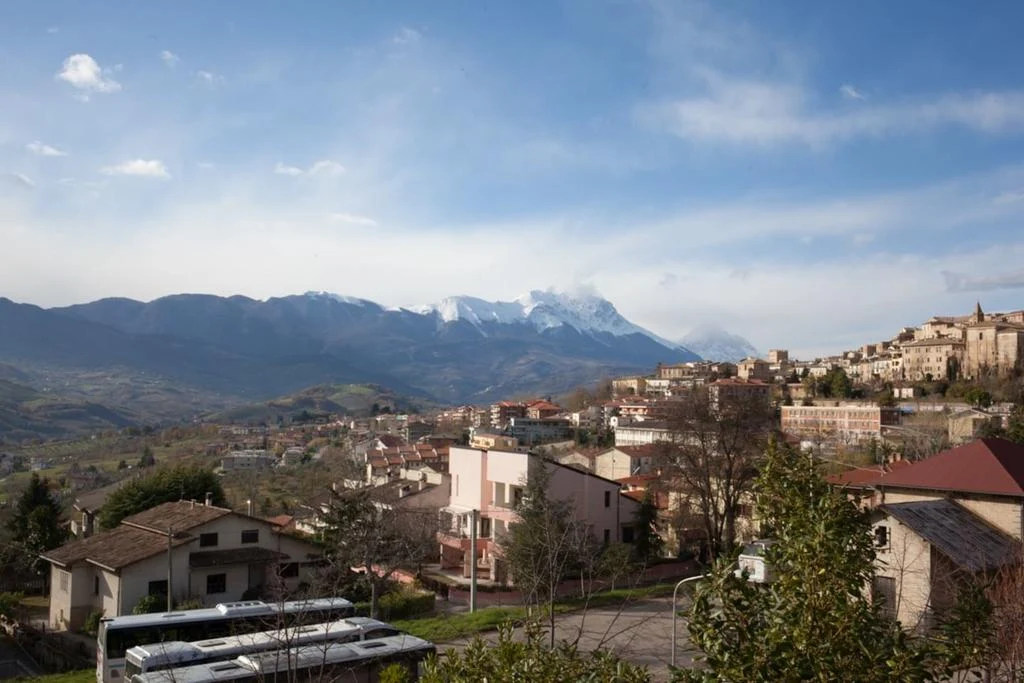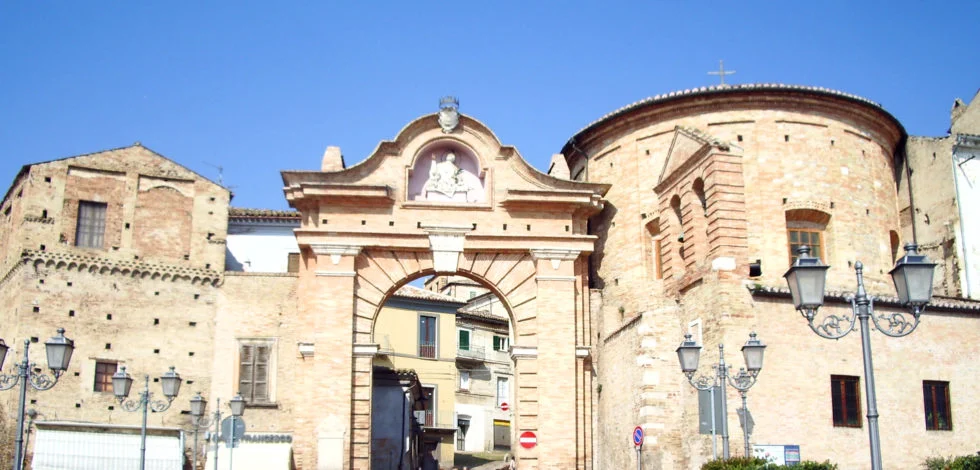The city of Penne lies in the east of the Abruzzo region, in the province of Pescara, Italy, 20 kilometers from the Adriatic coast. Since 2012, it has been on the list of the most beautiful cities in the country. The patron saint is Saint Maximilian of L'Aquila, whose feast is celebrated on May 7th.
 |
| Penne Italy |
History
In the 6th millennium BC, there was a Neolithic settlement on the site. In the 3rd century BC, Vestins lived in the area, representatives of one of the Italic tribes. They called their city Pinna Vestinorum. In 89 BC, a battle took place between the Romans and the Vestines. The latter lost the battle and ended up under Roman rule. During the ancient period, the city was known as the "Aqua Ventina" thermal spa.
During the Middle Ages, Penne was under the control of the Lombards and was part of the Duchy of Spoleto. From 1130, he went to the kingdom of Sicily, of which he was a part until 1538. Later, Emperor Charles V gave the city to Margherita of Parma, his illegitimate daughter, as a dowry.
 |
| Penne Italy |
Margherita of Parma (Austria) eventually turned Penne into the metropolitan center of her possessions in Abruzzo. The city had a high status until the 18th century. During that period, Penne was actively developing and as a result reached its peak. During this time, many buildings and structures appeared in it, which have come down to the present.
The historic center of the city is built up with mansions and churches built in the medieval period. Many of them are built of brick. At that time, it was also used for paving streets, avenues and squares. Therefore, Penne is colloquially called the "city of bricks."
Attractions
The church of St. Dominic was built in the 14th century. Subsequently, the building was rebuilt several times. The entrance is decorated with a portal from 1667, the facade is decorated with a bas-relief of the Virgin and Child from the 14th century. In the side part is the Rosario Chapel.
 |
| Penne Italy |
The gilded altar contains a statue of the Virgin and Child dated 1600. The wooden ceiling is decorated with carvings, the walls are decorated with stucco. Through the stained glass windows, daylight fills the interior of the church.
On a hill, away from the historic center, rises the cathedral in the Romanesque style. In ancient times, a temple of the goddess Vesta stood on a hill. The construction of the cathedral began in the 10th century. Over the following centuries, the building was rebuilt several times. Its bell tower dates from the 16th century. Near the cathedral there is a museum with valuable exhibits related to the history of Penne in different historical eras.
The church of St. Augustine is notable for its bell tower dating back to the 14th century. Its facade is inlaid with majolica, which sparkles under the rays of the sun. Inside there are canvases of painters with scenes on a biblical theme. The domed space is decorated with frescoes.
Next to the city gates is a round-shaped church built in the name of St. Nicholas. Her bell tower is behind them. The church building was built in the 19th century by the architect Dottorelli. Inside there is a succinctly decorated altar.
The city gates in the past were called the gates of St. Nicholas. Now they are renamed in honor of St. Francis. From the outside, the gate is decorated with a baroque portal. In the niche is a bas-relief of St. Maximilian, the patron saint of the city.